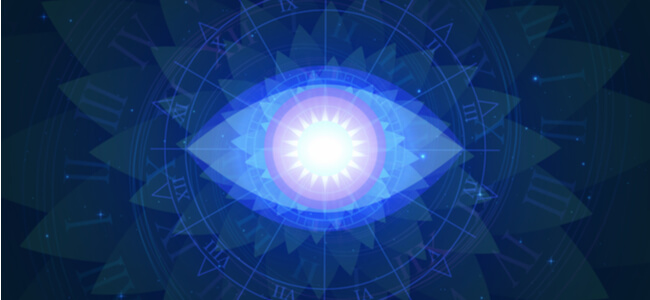Tarot Card Reading For Beginners

In the world of tarot readings, trying to understand what each card means and their associated interpretations can seem quite complicated. The amount of information out there on each card as well as trying to somehow connect to your own life or someone else’s isn’t always so straightforward.
Don’t worry, you’re certainly not alone here. Just as with all things that are new to us, there is a learning curve. With this beginner’s guide, you’ll learn how to tap into your higher consciousness and be able to deliver online tarot readings in no time.
What Is Tarot Reading?
If you’ve been asking yourself “how can I read tarot?” you’ve come to the right place.
Tarot, not to be confused with cartomancy readings, has been around since the mid 14th century. It was said to have originated in Italy and was called “tarocchi”. The oldest surviving deck was created for the Duke of Milan’s family in 1440 and is known as the “Visconti-Sforza deck”. After spreading to France and other parts of Europe, the name changed to “tarot”.
It’s important to note that the mystic nature associated with tarot cards only arrived in the 18th century once the occult sciences gained popularity.
How To Start Reading The Cards
Getting started with tarot cards is an exciting time. From choosing the right deck of cards to understanding the meanings of each card, there is significant nuance when it comes to understanding tarot and using the cards.
Choose A Deck
Choosing the right deck of cards is the first step on your tarot reading journey. Though you can get recommendations from people or read reviews about which cards to use, it is generally a subjective experience. It is suggested to pick up the deck and look through it to see if you connect with it. There is no right or wrong answer here and it might take you some time until you find your special deck.
Here are a few tips to help you choose the right deck:
- Choose a deck that resonates with you energetically.
- Choose a deck that resonates with you visually.
- Find a deck that has easy to understand imagery. This will make the tarot cards easier to interpret.
Learn What Each Card Means
The next step in your tarot card journey is to familiarize yourself with the deck. The best thing you can do is browse the cards and look at each for about 4 minutes. Stare at them and gaze at the images on the card so you can soak up as many details as possible. Note any feelings or imagery that comes into your mind while looking at them.
Try to answer the following questions when doing a tarot reading:
- What do I notice about this card?
- What energy or feeling is coming through when I hold this card?
- What was the first image that popped into my head when I saw this card?
Read Tarot Cards Daily
Just like anything in life, practice makes perfect. The best way to dive into the world of tarot reading is to draw cards daily, in order to improve your general understanding. By drawing cards and exercising your ability to interpret the meanings of the cards and what they say to you in each situation, you’ll be an expert reader in no time.
Here are some questions you ask when you draw cards so you can perfect your tarot reading skills:
- What do I need to focus my energy on today?
- What is something I'm going to experience today?
- What is something I need to work on?
Try A Three Card Reading
A great place to start when you’re beginning with tarot reading is to start with a three-card reading. It’s a simple reading, but you’ll be surprised with how much you can gain from it.
Follow these steps to perform a three-card reading:
- You’ll need to first create a sacred space where you can lay the cards. Burn incense or bring out your crystals to help.
- Ask yourself the question you want the answer to.
- Shuffle the deck and lay out your cards.
Pay careful attention to the feeling you get when you view the card, the image on the card itself, and the story it’s trying to tell you. If possible, write it down somewhere so you can map patterns over time.
Conclusion
As you can see, understanding the answer to “what is tarot?” does not have to be difficult and overwhelming. The more readings you conduct, the more in tune you’ll be with your cards. This will ultimately make finding the answers to your questions much easier over time.



